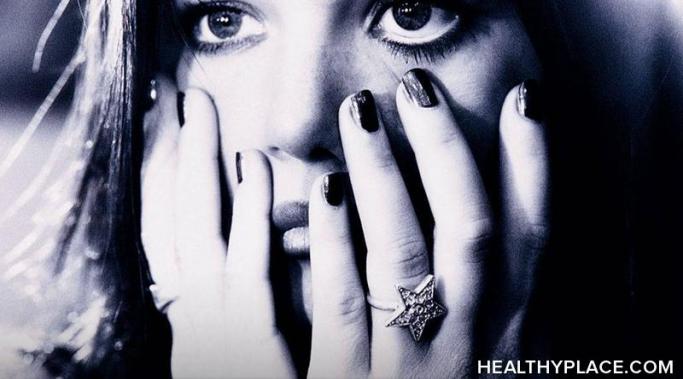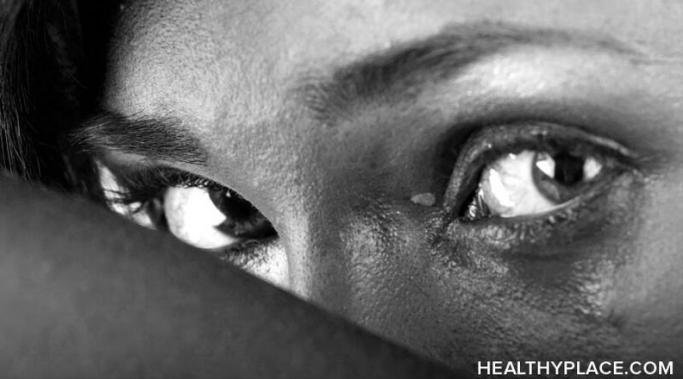Before the Tori Amos concert I went to with my husband, Tom, in late May, I hadn’t been to a live concert since 2007. The reason for that centered around my schizoaffective anxiety and my response to crowds and noise. But, soon after the pandemic started and even before vaccines were available, I promised myself that I would go to her concert if Tori toured again. So, even though the pandemic is still here, I bought tickets for myself, and Tom as soon as Tori announced North American tour dates. Here’s how it went.
Creative Schizophrenia
I’ve been feeling hopeless a lot lately. I have arthritis in my knees, and my schizoaffective disorder is making me feel hopeless about it.
Having schizophrenia can be very difficult when it comes to dealing with grief. We'll reexamine the stages of grief here, continuing from the last post with stage two.
My dad has a way with words. Decades ago, when I started hearing voices, he dubbed them the “Blue Meanies” after the bad guys in the animated Beatles movie Yellow Submarine. And he calls my negative self-talk the musings of “Bad News Betsy.”
I know I’ve been writing a lot about my knee troubles, and I’ve even shared that I have early signs of arthritis in my knees. But it didn’t hit me until I saw my orthopedic doctor again, and he confirmed I have osteoarthritis of the knee. “Osteoarthritis” is one of those words I’m going to have to get used to, just like “schizoaffective” was so many years ago. But looking back on how I handled my transition to a new schizoaffective disorder is helping me grapple with this new diagnosis, which arrived just in time for my 43rd birthday.
Disclosing a schizophrenia diagnosis can be a daunting decision to make. At work, it can be helpful or harmful. In your personal life, it can be scary. But, disclosing schizophrenia at work can be a necessity. In the workplace, it can be the difference between getting the proper accommodations or not. The Americans with Disabilities Act will protect you at work. Disclosing will give you the rights you need to receive accommodations. It can be a weight off your shoulders. You can even be a resource for others with disabilities. Living with schizophrenia can help others to connect with you by allowing them to share their stories with you.
When people ask me how my knee surgery for a torn meniscus went, the first thing I blurt out is that I had a nightmare while under anesthesia. Talk about being socially awkward. I definitely wasn’t expecting that to happen, but when you live with schizoaffective disorder, I guess all terrors of the mind are possible.
By the time you read this, all the events described here will have been resolved. I am writing on March 5. In less than a week, I will have surgery for a torn meniscus in my knee. Part of me is glad I’m having the surgery, but the schizoaffective in me is freaking out.
Talking about hallucinations brought on by schizophrenia can be triggering to some. For others, it can be therapeutic to discuss their experience. Living with and managing hallucinations can be a process. What is a hallucination? A hallucination can be described as seeing, hearing, or feeling something that isn't there. There are visual hallucinations, auditory hallucinations, tactile, and other sensory hallucinations.
A New Year’s resolution this year turned into an exciting photo project, and it’s doing wonders for my schizoaffective disorder. Here’s how photography is helping my schizoaffective disorder.









